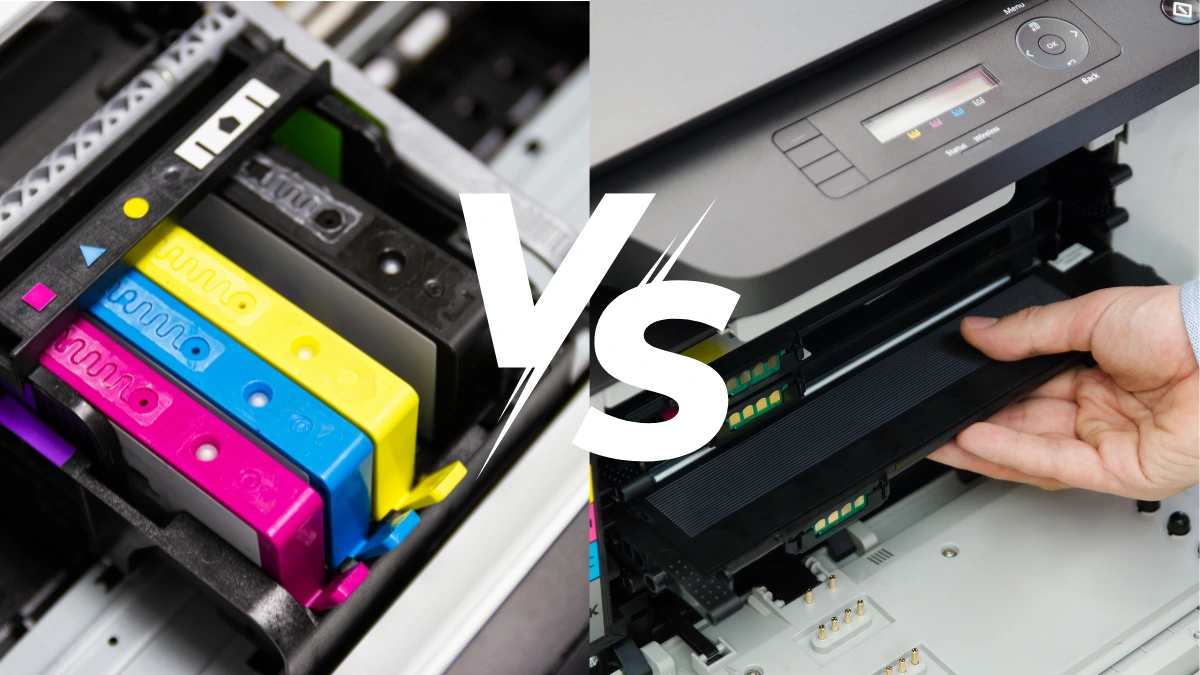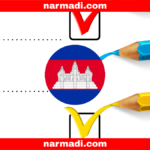Inkjet printers and laser printers are the keys to converting soft copies into hard copies, but are an integral part of productivity systems. Although both maximize the conversion of digital data to hard copies, the inkjet printer and laser printer have some significant differences.
The differences between inkjet printer and laser printer cover several aspects, such as printing technology, print quality, print durability, print speed, maintenance, and cost.
This article will delve into the important differences between inkjet printer and laser printer to convert soft copies into hard copies.
Also Read
Table of Contents
What is an Inkjet Printer?
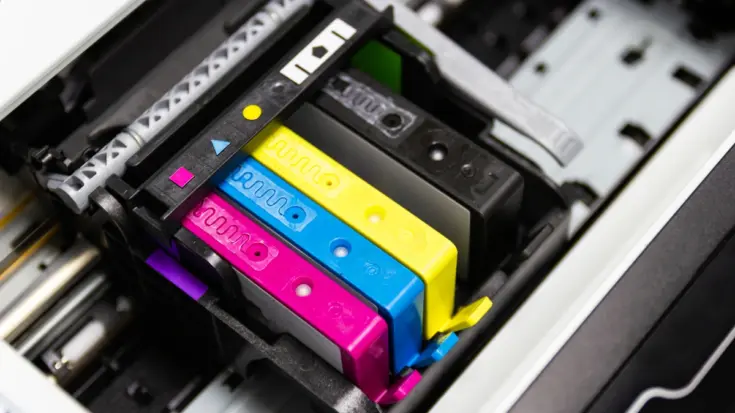
An inkjet printer is a type of device that prints by spraying small drops of ink according to the requested digital data. This device is suitable for printing high-quality photos and documents.
However, you should consider the higher cost of ink in the long run, especially when printing large quantities.
What is a Laser Printer?
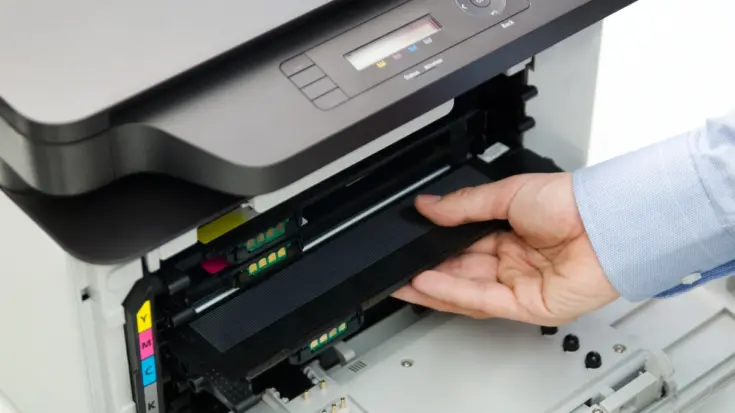
A laser printer is a type of device that uses a laser beam to transfer ink powder using electrostatic principles to attach toner to paper.
This type of device is known for its high printing speed, sharp print results, and its ideal capability for printing high volumes.
The Differences of Inkjet Printer and Laser Printer
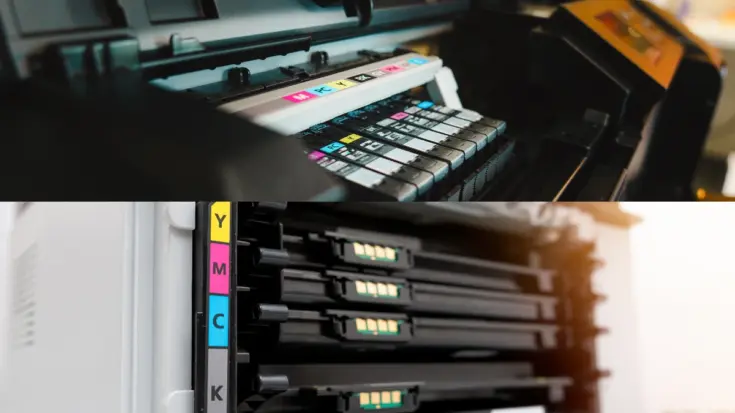
True inkjet printer and laser printer are both used to convert soft copies into hard copies, but they have some differences. Here are five differences between an inkjet printer and a laser printer in full view:
1. Printing technology
Inkjet printer: Uses ink cartridges that spray ink onto paper to produce images or text.
Laser printer: Uses dry powder toner that is heated and melted onto paper by a heating drum.
2. Print quality
Inkjet printer: Produces bright colors and detailed images, resulting in high-quality photos.
Laser printer: Produces sharp and clear text prints.
3. Print durability
Inkjet printer: Has poor print durability, as it can fade or become damaged when exposed to water.
Laser printer: Has good print durability, lasts longer, and does not fade easily.
4. Print speed
Inkjet printer: Generally has a slower print speed.
Laser printer: Faster at printing large quantities of documents.
5. Maintenance
Inkjet printer: Requires more frequent maintenance because the ink can dry out if not used for a long time.
Laser printer: Easier to maintain because the toner is dry.
6. Cost
Inkjet printer: Lower initial cost, but results in higher operational costs if used frequently, as cartridges need to be replaced often.
Laser printer: Higher initial cost, but has lower operational costs as toner can be used for a long time.
Here are the differences between an inkjet printer and a laser printer in a nutshell:
| Aspect | Inkjet Printer | Laser Printer |
| Printing technology | Uses ink cartridges that spray ink onto paper | Uses dry powder toner that is heated and melted onto paper |
| Print quality | Bright colors and detailed images | Sharp and clear text prints |
| Print durability | Poor print durability | Good print durability |
| Print speed | Slower | Faster |
| Maintenance | Frequent maintenance | Easier maintain |
| Cost | Lower initial cost, higeer operational cost | Higher initial cost, lower operational cost |
That’s the difference between inkjet printer and laser printer that you can consider when choosing according to your personal needs.
If you need a printer for bright colors and detailed images, an inkjet printer is a good choice. However, if you need printing on high volume and have a lower operational cost, you can choose a laser printer.

